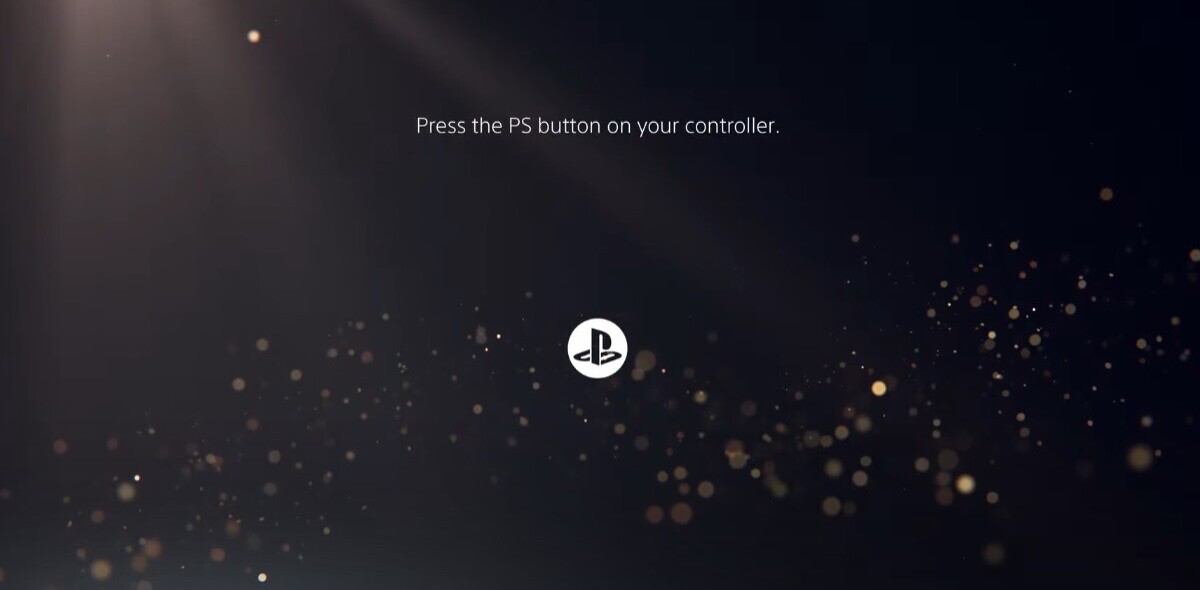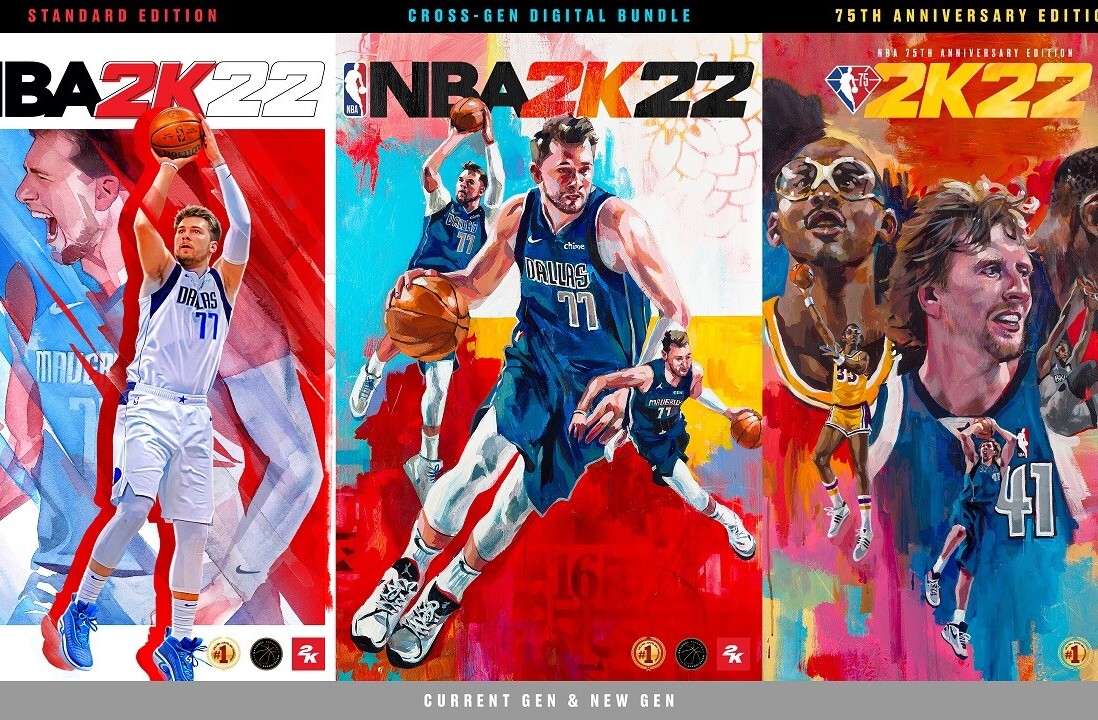
PlayStation’s Japanese store recently marked the PS Vita as scheduled for discontinuation (soon), as we all suspected it would. Now seems like the perfect time to remember what it contributed to the transformation of gaming hardware — namely, the co-mingling of handheld and stationary game consoles, a.k.a. Nintendo’s runaway success, the Switch.
The Vita’s impending demise comes as a surprise to absolutely no one, considering we’ve been hearing for over a year that the Vita was winding down. These things happen. Consoles have lifespans just like anything else, and you can’t fault a company for not wanting to make a console no one is really buying anymore.
But before we kiss the Vita off as just another of gaming’s evolutionary cul-de-sacs, let’s acknowledge just how it influenced what came after it. Most obviously, it’s part of the reason gamers now have the Switch, if only because it provided a good example both of what you can do to create a hybrid console, and what you shouldn’t do.
Nintendo’s own consoles often provide an obvious blueprint for their successors. The 3DS remains one of Nintendo’s top sellers. Given that popularity, it’d be tempting to see it as the predecessor to Nintendo’s new hotness. Except that’s not strictly true. Other than the fact they’re both portable, the Switch and the 3DS don’t really have that much in common.
Instead, the Switch’s real design forerunners were two consoles that never really got the love they deserved — the Wii U, and the aforementioned Vita. The Wii U’s influence is obvious: it was the first toe Nintendo put into the water of a hybrid console. It tried to combine the television with the controller’s built-in display, and allowed you to play a game entirely on the controller if you didn’t want to use the big screen.
But the Wii U controller wasn’t what one would call “portable.” Have you seen one? It looks like the misbegotten offspring of an Amazon Fire 7 and an Etch-a-Sketch. You’d have better luck trying to fit the entire collected works of Tolkien in your pocket.
The PlayStation Portable and the Vita both pioneered the idea of a handheld — as in, something that actually fit in human hands, connecting to a larger console and functioning as a portable extension to the console. Remote Play, as it was called, originated as a way of linking the PSP and the PS3, but not very many of the PS3’s games supported it. It wasn’t until the Vita and the PS4 that Sony made the feature ubiquitous. Almost all games to come out for the PS4 were playable on the Vita.
In the Vita’s case, this was baked into the console, rather than a feature to be added on later. And unlike the Wii U, the Vita was actually a handheld and could be carried around. It also bore some resemblance to Sony’s short-lived Xperia Play phone, in that it was even sleeker than the boxy 3DS. While the aesthetics may not have carried over to the Switch exactly, the idea of a screen good enough to display games originally intended for a television is still in there.
I’m not saying the Vita was flawless. Remote Play was actually quite difficult to use, not the least because the Vita didn’t have the same button layout as the PS4. The interface used to connect the two was awkward at best. But the point is, it was this unpolished yet ambitious attempt to combine mobility with the mainstream console that got us where we are today.
The Vita is well on its way to obsolescence, but its design and purpose still predicted the trend the industry would take in the coming years. At the very least, the success of the Switch’s hybrid design might be enough incentive to keep parts of the Vita’s legacy alive in the PS5.
Get the TNW newsletter
Get the most important tech news in your inbox each week.





